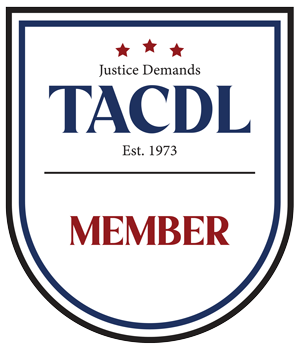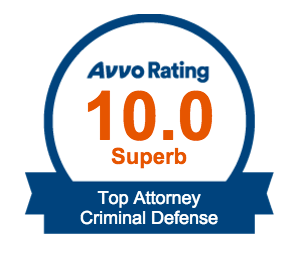Navigating the Juvenile Justice System
Navigating the juvenile justice system requires a thorough understanding of its unique procedures and objectives. Unlike adult criminal courts, juvenile courts are designed to be less adversarial and more focused on the individual needs of the young offender. The primary goal is to provide rehabilitative services that address the underlying causes of delinquent behavior while ensuring accountability and public safety. The juvenile justice process typically begins with an arrest or citation. Law enforcement officers may refer the case to the juvenile court, or in some instances, they might issue a warning or refer the juvenile to a diversion program. Diversion programs offer an alternative to formal court proceedings, allowing young offenders to participate in counseling, community service, or other rehabilitative activities. Successfully completing a diversion program can result in the charges being dropped, giving the juvenile a chance to avoid a formal record. If the case proceeds to court, a juvenile petition is filed, outlining the alleged offenses. The juvenile, along with their parents or guardians, will then appear before a judge. In juvenile court, the proceedings are often informal, with the judge playing an active role in guiding the process. The focus is on determining the most appropriate interventions and support for the young person, rather than solely on assigning blame and punishment.Legal Strategies and Considerations
When handling juvenile cases involving violence and assault, legal strategies must be carefully crafted to account for the unique circumstances of each case. One crucial consideration is determining whether the juvenile should be tried in juvenile court or transferred to adult court. This decision can have significant implications for the juvenile’s future, as adult court proceedings and penalties are generally more severe. Attorneys must present compelling arguments to keep the case within the juvenile system, emphasizing the potential for rehabilitation and the juvenile’s amenability to treatment. In developing a defense strategy, attorneys often examine the circumstances surrounding the alleged offense, including any mitigating factors such as self-defense, provocation, or the juvenile’s lack of intent to cause harm. Additionally, understanding the juvenile’s background and personal history is essential in crafting a defense that highlights their potential for rehabilitation. This might involve presenting evidence of the juvenile’s involvement in positive activities, academic achievements, or willingness to participate in counseling and treatment programs. Negotiating plea agreements is another important aspect of juvenile cases. A plea agreement can result in reduced charges or alternative sentencing options that focus on rehabilitation rather than punishment. Attorneys work to secure agreements that allow the juvenile to avoid a formal record or minimize the long-term impact of the offense on their future.Related Videos
Should I Plead Guilty?
Choosing a Criminal Defense Lawyer










